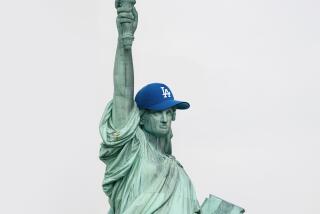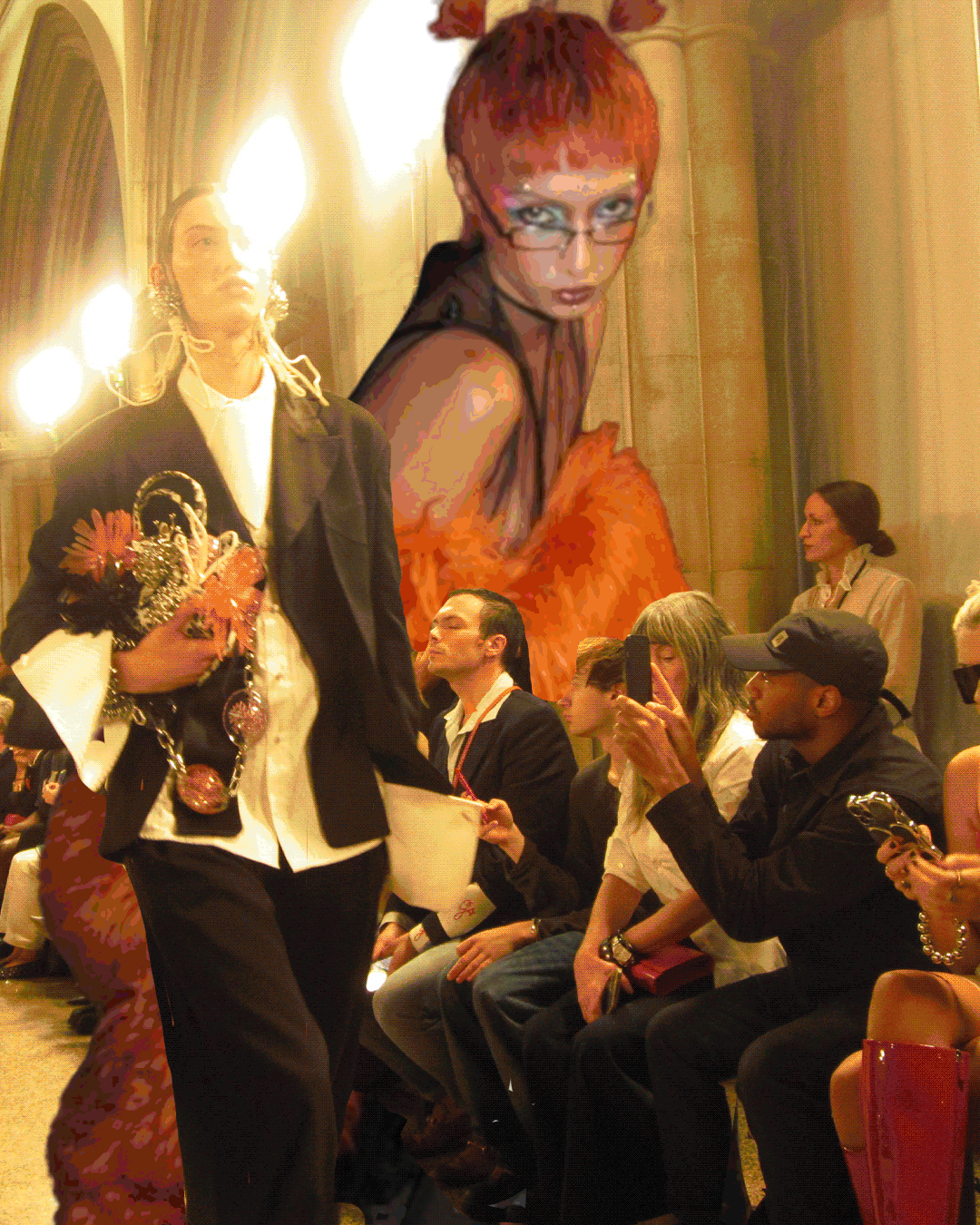Hail to Thee, Blithe Cabbies of New York
- Share via
On our first night in New York City we had been invited by our friends Morry and Rita Pynoos to attend a private preview of the Degas exhibition at the Metropolitan Museum of Art.
Our arrival at the Waldorf-Astoria having been two hours behind schedule, we were obliged to change immediately and go out to the Park Avenue entrance for a cab.
Several others were waiting for cabs, which were coming in sporadically. Cabs are ubiquitous in New York, I was soon to learn, but they are rarely empty when you need one. The doorman was out in the street whistling them in.
Several young men were standing about hustling passengers for their wildcat cabs or limousines. One offered to take us to the museum for $20. I said, “I only paid $30 to come in from Kennedy.”
A minute later he was back. He had made a deal to take a New York woman somewhere for $10. He would drop us off at the museum for $10. I said, “Do you know where the museum is?” He didn’t sound like a native New Yorker. He checked with a nearby policeman and said it was at “Edesek.”
I didn’t know where “Edesek” was, but I took the deal. We got into the back seat of his car with the New York woman. He dropped us off near “Edesek,” which turned out to be 86th Street.
The Pynooses had left our names with security and we were admitted. I felt the way I had felt when we saw the Queen of England in her limousine on our first day in London. We expected to be intimidated by the cream of New York society, but the party was not much different from one at the Los Angeles Museum of Art, for example the recent preview party for the Japanese Pavilion. Lots of aggressive-looking people in a variety of chic clothing, downing hors d’oeuvres and wine like ordinary mortals. We couldn’t see the Pynooses in the crowd so we climbed the stairs to the enormous exhibition halls.
I have always loved Degas. What an eye he had for women at their tasks: women ironing, women bathing, women washing, women combing their hair. After we passed through several halls of these studies, however, I began to realize that Degas was obsessed. One hall was hung with numerous, almost identical, paintings of women bathing. Over and over again women combed their hair, and ironed or washed their clothes. Degas must have spent half his life in women’s boudoirs. He was also obsessed with ballet dancers. There were dozens of them in their gauzy tutus, spinning and leaping and bowing.
Surfeited with Degas, we went down to attack the hors d’oeuvres. The Pynooses emerged from the crowd and led us to the heart of the Egyptian rooms, where dinner was being served. It was like a trek through Egypt itself. Half of ancient Egypt must have been there (the other half is in the British Museum).
We came to an enormous space in which an Egyptian temple loomed over an ornamental pool lighted by candles. Girls and young women in tutus stood about in balletic poses. Women dressed in the clothes of Degas’ time strolled by. Any thought of conversation was murdered by the sound of a rock band which, if I am not mistaken, was all-female. It was a sound that neither Degas nor Cleopatra ever heard. I felt quite at home. The cultures of Los Angeles and New York City are one.
The next morning we boarded our Tauck Tours bus at the Waldorf and headed north on Madison Avenue for Boston. Suddenly magnificent Manhattan gave way to slums. Many corners looked like dumps, deep in wrecked automobiles and other discarded symbols of our civilization.
A man in a business suit stepped out into the street waving his briefcase. He was trying to catch a cab. A story in the New York Times that morning said that “30,000 people a day give up in failure or disgust after trying to hail a cab.”
A sports story said, “The National League playoffs, tied at one game apiece, switch venues to New York tonight from Los Angeles, the land of fantasy.”
Even the New York Times did not envision that the Dodgers would bring that fantasy with them
.
More to Read
The biggest entertainment stories
Get our big stories about Hollywood, film, television, music, arts, culture and more right in your inbox as soon as they publish.
You may occasionally receive promotional content from the Los Angeles Times.










